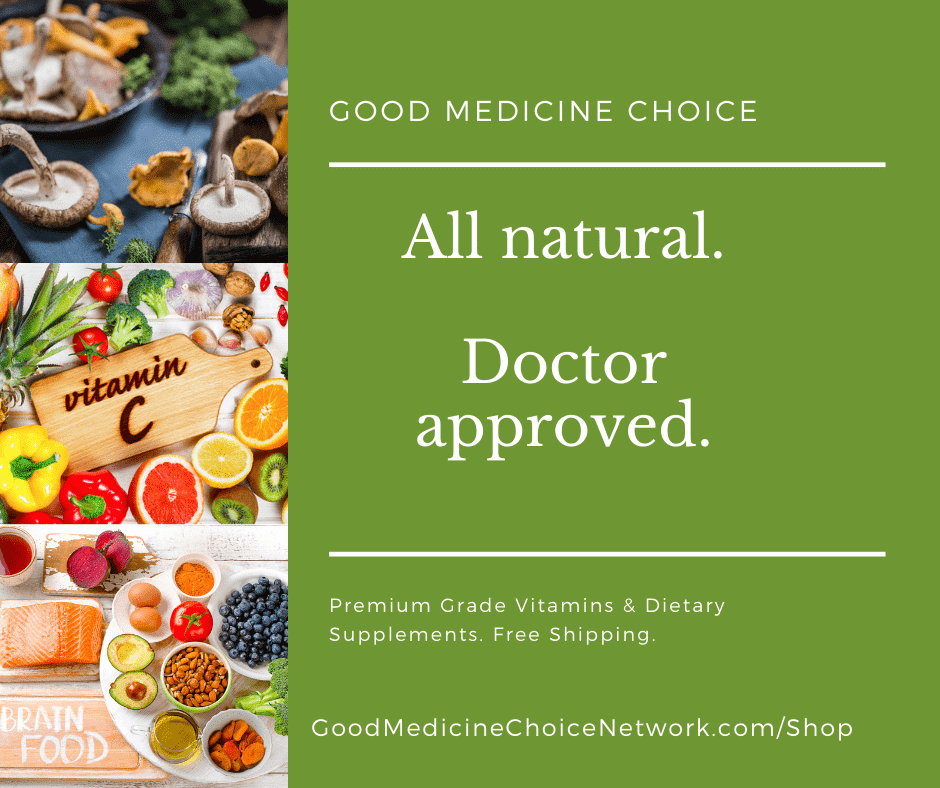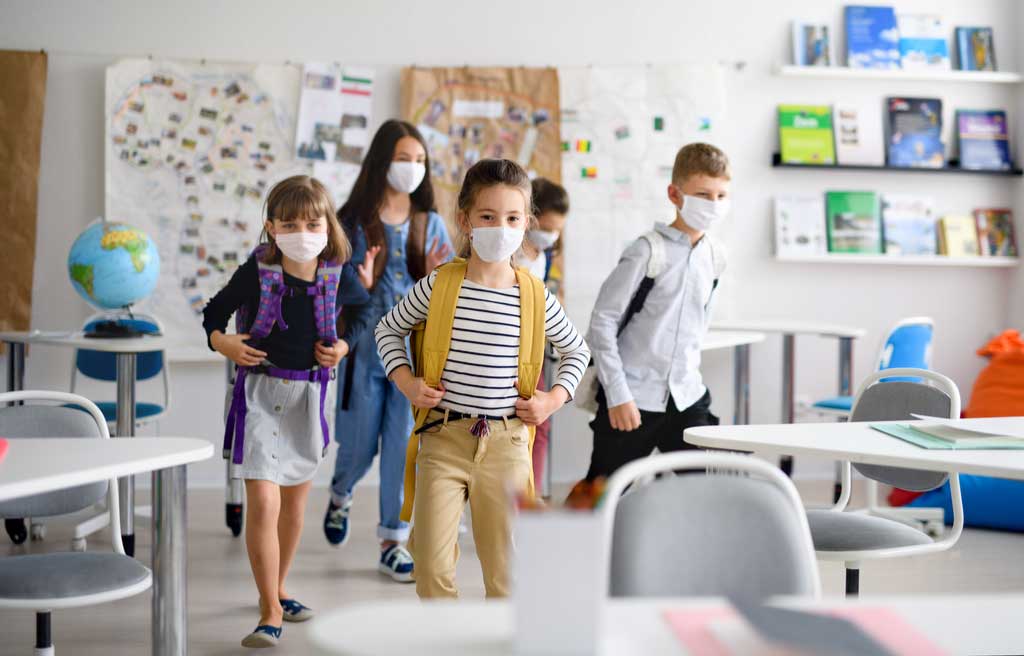With the national debate regarding reopening schools and businesses amid the Coronaviruscoronavirus co·ro·na·vi·rus : any of a family (Coronaviridae) of single-stranded RNA viruses that have a lipid envelope studded with club-shaped projections, infect birds and many mammals including humans, and include the causative agents of MERS, SARS, and COVID-19 Pandemicpandemic (pan·dem·ic) : an outbreak of a disease that occurs over a wide geographic area and affects an exceptionally high proportion of the population : a pandemic outbreak of a disease., many Americans are concerned and confused about how the country will reopen safely. Normally a time for summer barbecues and mid-summer vacations, parents and workers are wondering what comes next, with a record 40 million unemployed and supplemental unemployment insurance payments scheduled to expire July 30. Is there a way to improve your immune risk and return to work and school safely? And how can you protect yourself and others from contracting COVID-19?
State Face Mask Mandates and Coronavirus Red Zones
The U.S. reported more than 500,000 additional coronavirus cases in the last 10 days for a total 3.5 million confirmed coronavirus cases, and reached more than 70,000 cases daily this week. Governors in 40 states have issued mandates requiring face coverings in public spaces to help stop the spread of coronavirus, and national retailers including Walmart issued nationwide face maskface mask 1. A barrier device used in infection control to prevent health care providers from breathing or coughing on patients. It is also employed to prevent patients' sneezes and sputum from making contact with the health care provider's face or eyes or from being inhaled. 2. A device that covers the mouth, nose, or both of a patient who requires positive-pressure, noninvasive ventilation or continuous positive pressure-ventilation (CPAP). requirements.
According to the Centers for Disease Control & Prevention (CDC), as of July 13, forecasts suggest 24 states and territories are likely to report more COVID-19COVID-19 \ ˈkō-vid-nīn-ˈtēn : a mild to severe respiratory illness that is caused by a coronavirus (Severe acute respiratory syndrome coronavirus 2 of the genus Betacoronavirus), is transmitted chiefly by contact with infectious material (such as respiratory droplets), and is characterized especially by fever, cough, and shortness of breath and may progress to pneumonia and respiratory failure. deaths in the next 4 weeks than in the previous 4 weeks. Nationally, between 150,000 and 170,000 total deaths are expected by August 8. Canada and Mexico both extended their U.S. travel restrictions until the end of August and the ban on cruises in U.S. waters has been extended until Sept. 30.
The Plan for School Reopenings
Everyone wants our schools to reopen. The question is how to make it safe and how to make sure they can remain open. School districts across the country are weighing options including hybrid remote learning and in-school learning, online classrooms and staggered school days.
Schools should prioritize reopening for grades K-5 and for students with special needs who would be best served by in-person instruction, according to a new report by the National Academies of Science Engineering & Medicine released this week. The report recommends state and federal resources to school districts for COVID-19 precautions including reconfigured classrooms, enhanced cleaning and masks.
“Opening schools will benefit families beyond providing education, including by supplying child care, school services, meals, and other family supports. Without in-person instruction, schools risk children falling behind academically and exacerbating educational inequities,” the report states.
Meanwhile the CDC has delayed release of updated guidelines for school districts planning to reopen to full-time in-person instruction in a few weeks. The CDC’s interim guidance dated June 15 calls for symptom screening but not testing, and recommends immediately separating students and staff with COVID-19 symptoms in an isolation room or area. Individuals who are sick should go home or to a healthcare facility, depending on how severe their symptoms are, and they or their caregivers should follow appropriate guidance for caring for themselves and quarantinequarantine quar·an·tine | \ ˈkwȯr-ən-ˌtēn : the period of time during which a person or animal that has a disease or that might have a disease is kept away from others to prevent the disease from spreading : the situation of being kept away from others to prevent a disease from spreading.
Managing Population Risks: Immune Risk Back-To-Work Stay-At-Work
The team of practitioners at Good Medicine Choice have developed an Immune Risk Back-to-Work Stay-at-Work Program for employers to identify, measure and manage factors contributing to chronic health conditions among their employees.

The Back-to-Work program incorporates advanced diagnostic testing and an immune defense and prevention strategy, including lifestyle improvements such as diet and exercise and immune support vitamins and supplements targeting blood sugar control, inflammation and oxidative stress. “This approach, the concept of who is getting sick and who is not and why – the health continuum concept – and more importantly how to identify and measure it, in my mind, represents the future model of approaching almost any chronic disease of mankind,” Good Medicine Choice Principal Dr. Mikhail Artamonov said.
Good Medicine Choice Immune Defense Vitamins & Supplements
Good Medicine Choice Network’s line of natural immune defense vitamins and supplements is designed to promote healthy immune balance, anti-aging, weight loss, and focus and energy.
Products include an essential oil blend with antimicrobial and antibacterial properties, Immune Support Medicinal Mushroom blend with lion’s mane, Vitamin K2Vitamin K2 activates proteins that play a role in blood clotting, calcium metabolism, and heart health. This is important for the calcification of bones and prevents the calcification of blood vessels and kidneys because it regulates calcium deposition. + D3 with BioPerinePatented extract from black pepper to obtain the amide alkaloid Piperine. This increases nutrient absorption of nutrients such as Calcium and and Vitamin C. BioPerine can also act as an anti- inflammatory. One way BioPerine increases nutrient absorption is by increasing your metabolism by improving thermogenics. This process essentially breaks down your fat cells and increases your internal temperature., high-dose Liposomal Vitamin C, and more. Shop Good Medicine Choice’s all-natural, doctor-approved vitamins and supplements.


No comments yet. Be the first one to leave a thought.